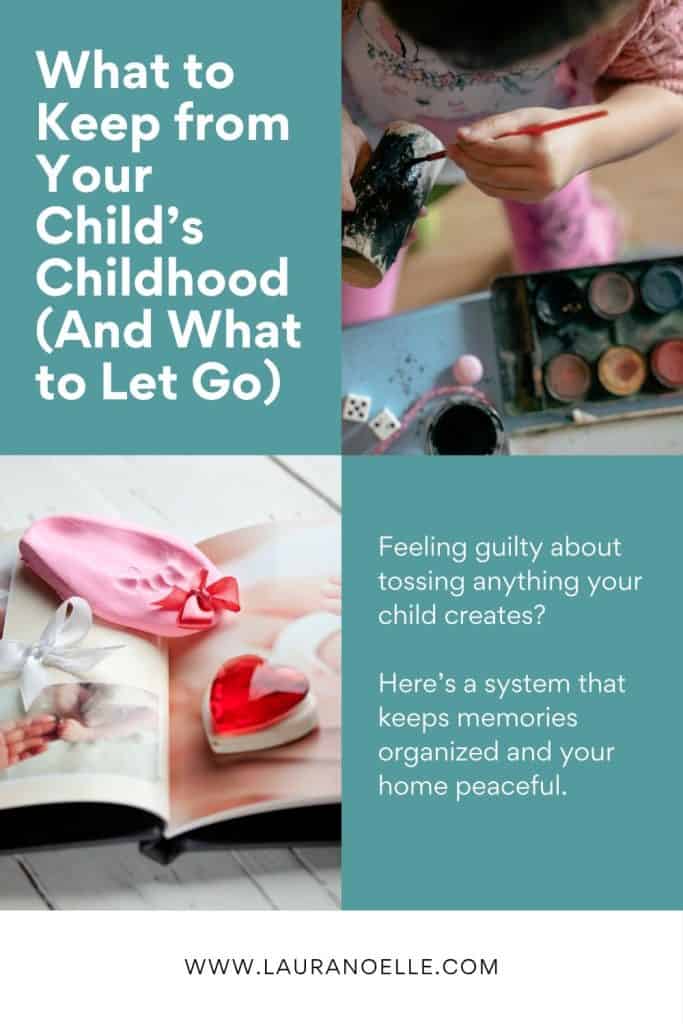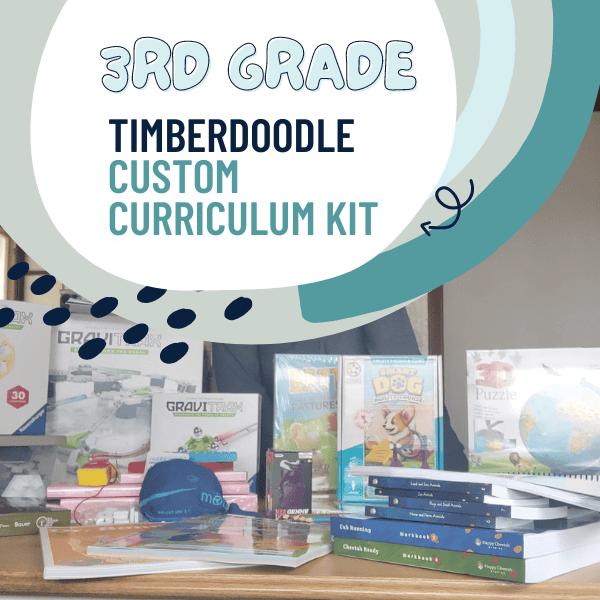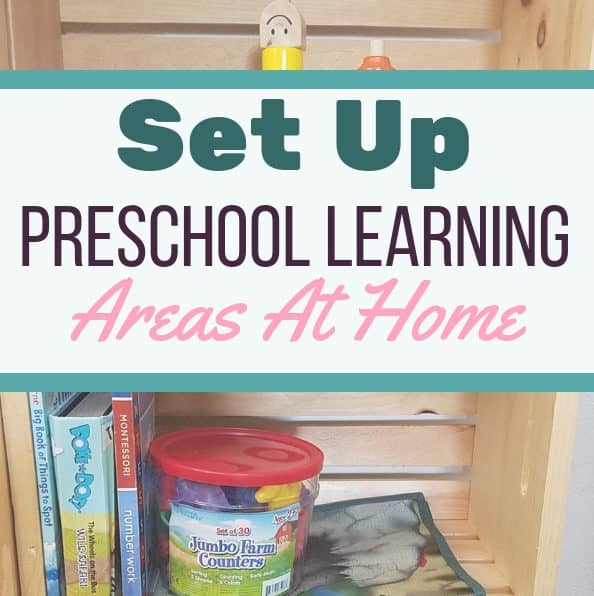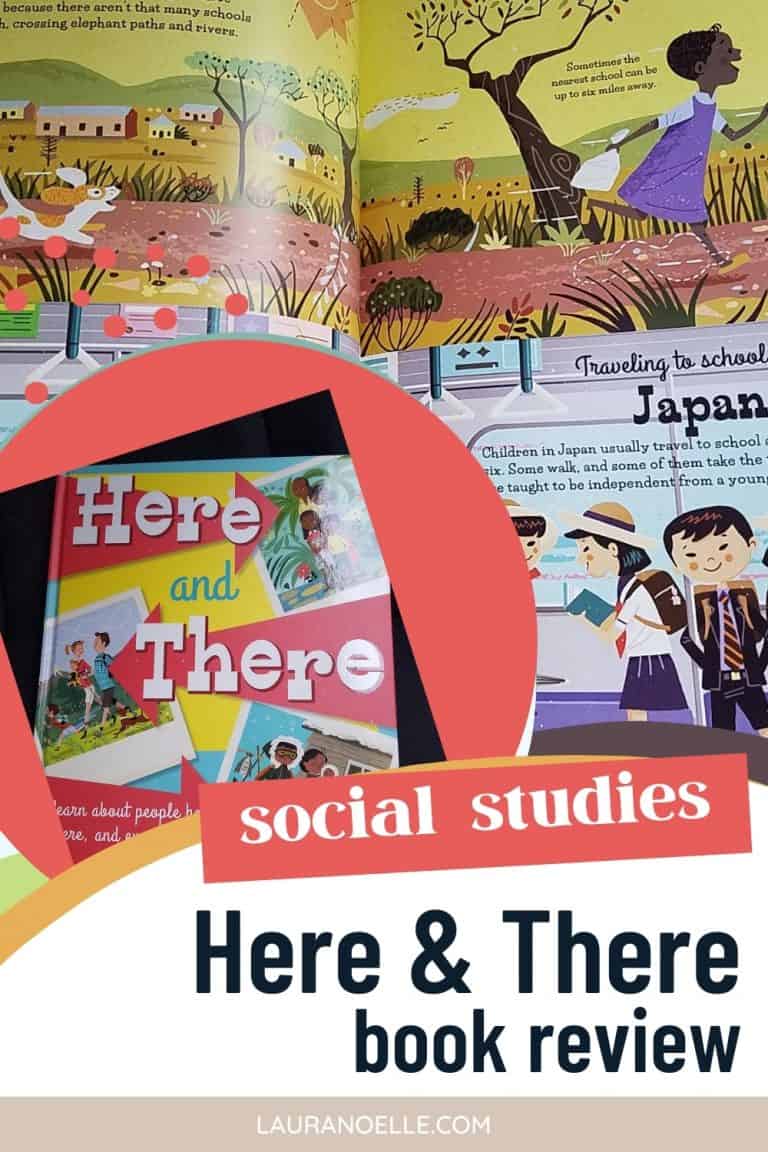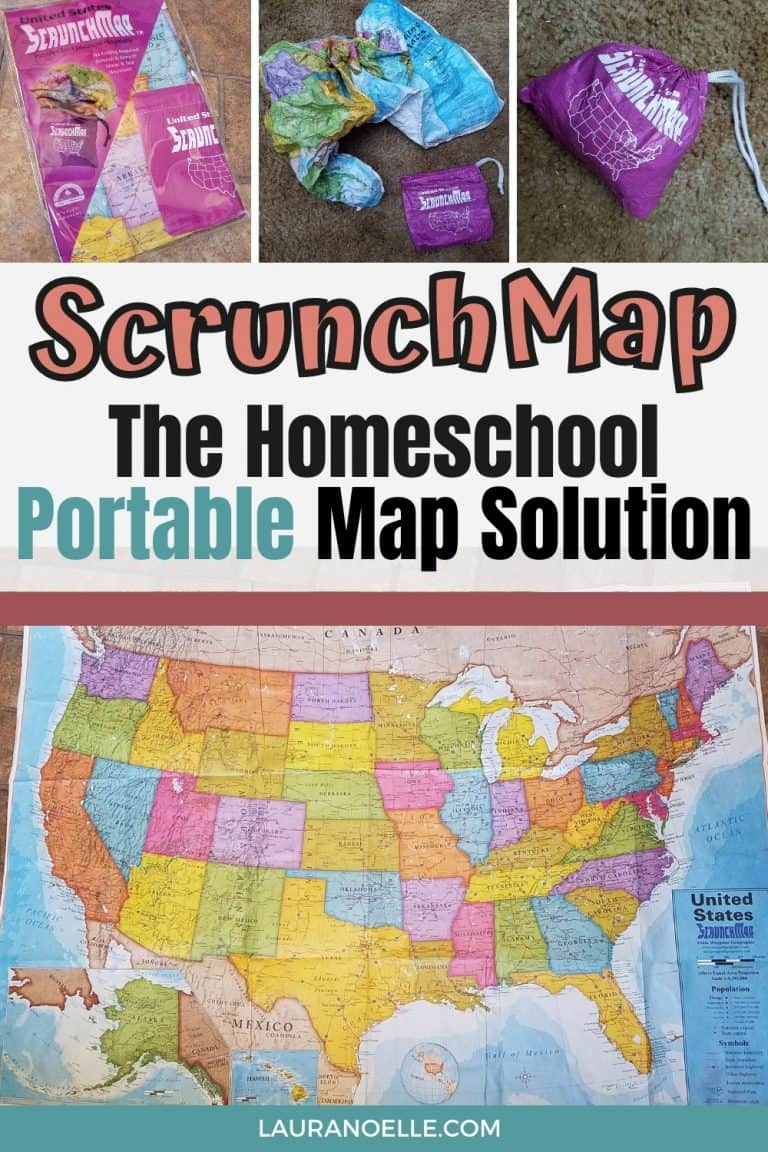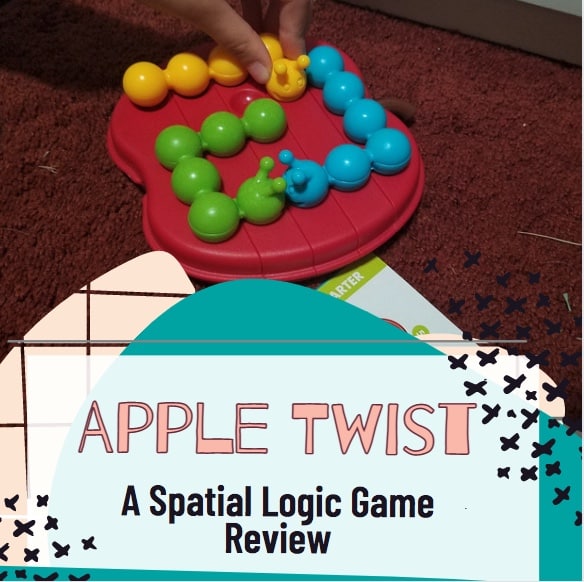Organizing Keepsakes Without the Clutter: A Simple System for Preserving What Matters Most
This post may contain affiliate links, which means I may receive compensation if you make a purchase using one of these links.
One meltdown away from tossing your child’s artwork—or drowning in every single card they’ve ever received? I get it. Keepsakes are meaningful… until they become overwhelming. Today, we’re tackling the emotional and practical chaos of family keepsakes so you can honor the memories without cluttering your home.
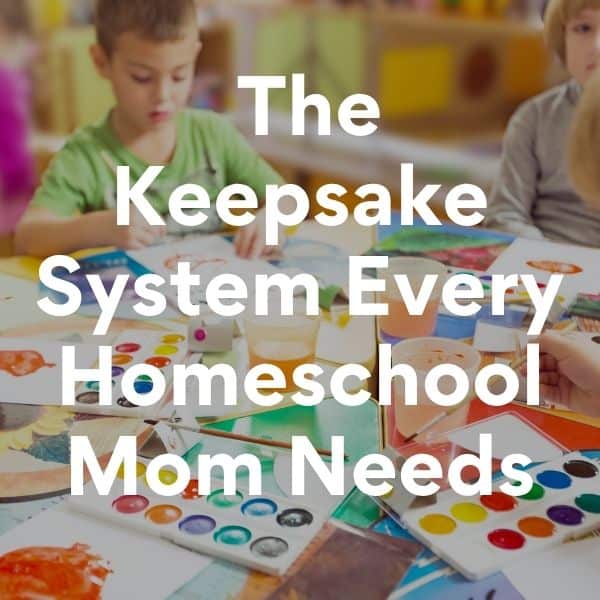
I often have moms ask me: “How do I organize all my kids’ artwork?” or “Should I keep every single thing they make?”
You’re getting conflicting advice from all sides. Some friends tell you to keep everything—that you’ll regret throwing away even a single drawing. Others tell you to keep nothing and just “digitize it all.” Meanwhile, you’re paralyzed, standing in your dining room with seventeen Mother’s Day cards in your hands, wondering if you’re a terrible mom for wanting to toss half of them.
Here’s what’s really happening: we love our kids deeply, and we want to preserve their childhood. But somewhere along the way, we’ve confused keeping everything with keeping what matters.
And Mama, there’s a big difference.
Today, I’m sharing my simple keepsake system that has transformed how our family approaches memories. Because here’s the truth—keepsakes deserve a home, but when everything is “special,” nothing truly is.
Why Keepsakes Matter—But Need Boundaries
First, let’s get one thing straight: keepsakes absolutely matter. They’re the tangible pieces of our children’s stories, the artifacts of their growing years. But here’s where most of us go wrong—we think honoring our children means keeping everything they’ve ever touched.
I’ve talked to homeschool moms who tell me they have boxes and boxes, drawers and bins and piles and bookshelves full of every single art piece their kid ever made, every activity they ever completed, every workbook they ever filled out.
And you know what? They’re stressed. Their kids can’t find anything. And ironically, none of those “precious” items are actually being preserved—they’re getting crumpled, torn, and forgotten in the chaos.
Keepsakes need a home. They need their own dedicated space because if you don’t have a particular place to put them, they either get ruined or broken when they’re tossed around. They get in the way because you don’t really use them, and they just become clutter if they’re scattered throughout the house.
Think about it—if somebody gave you something special and it’s just getting tossed around your dining table, mixed in with homework and yesterday’s mail, are you really honoring that gift? Are you teaching your children that special things deserve special care?
The Hidden Cost of Keepsake Chaos
When we let keepsakes become clutter in our homes, it affects our peace in ways we don’t even realize:
- You get frustrated constantly shuffling things around because you don’t know what to do with them
- Things get ruined – that precious photo ends up crumpled instead of preserved
- You feel guilty every time you see the growing pile of “special” items you can’t manage
- Your kids learn the wrong lesson – that stuff isn’t special when everything is just tossed around and not taken care of
Research shows that families with higher levels of household objects had elevated cortisol (stress hormone) levels. When our homes are cluttered—even with meaningful items—it literally stresses our bodies.
But here’s the thing: you can honor your children’s creativity and preserve precious memories without drowning in stuff. You just need a system that sticks.
The Myth That’s Keeping You Stuck
Let me bust a myth that’s probably keeping you drowning in childhood memorabilia: “My kids will want everything someday.”
Mama, they won’t.
I was handed a box of all my childhood schoolwork when I became an adult. Want to know what I kept? A very small pile. Maybe ten percent of what was in there. The rest? It meant nothing to me. In fact, it felt overwhelming and burdensome.
Most children, as they grow up, don’t want most of their childhood stuff—or sometimes any of it.
Keeping the best of the best is actually the best gift you can give your child. Not boxes and boxes of everything they’ve ever done, but a curated collection of truly meaningful pieces.
Please hear me, Mama. Your kids don’t want a box of baby clothes. They don’t want every single drawing they made in third grade. They don’t want seventeen birthday cards from their sixth birthday.
What they want is one or two truly special items that tell their story.
My Keepsake Transformation Story
Let me share how I learned this lesson the hard way. As a teenager and young adult, I was pretty emotionally connected to my stuff. I was a very messy child—I had lots of stuff and I loved creating and writing. I kept all the things. Boxes and bins and baskets full of stuff.
But when I moved out as a young adult, I was living in a house with some friends and I had one room. I had left most of my stuff at my parents’ house, and I got to understand that curating that one room was amazing.
The space, the clean space—I didn’t have clutter because I didn’t take very much with me. It was so clean and calming and refreshing that I fell in love with it.
To the point where I didn’t even want the stuff I had left behind at my parents’ house. Why was it important? It wasn’t.
Over the next couple of years, I went back and started cleaning out that stuff. I had that emotional distance for a couple years and I realized—it wasn’t important. And when I finally embraced a keepsake system, everything changed.
Instead of having my keepsake knickknacks all over the place, books piled everywhere, stuff scattered throughout my space, I had a curated place with boundaries. The container concept—you can keep special things in this one spot, but when this spot is full, it’s full. You’ve got to pick the best of the best.
Here’s what might surprise you: the majority of things that were in my keepsake bin ten years ago aren’t in it anymore. There are a few things from my early childhood, but most of the things I thought were special back then are gone. I’ve cleared them out because I wanted to make room for different things—new memories, new seasons.
I’ve gone through my keepsakes many, many times, and that’s exactly what the system is designed to do.
When You’re Emotionally Attached to Everything
If you feel emotionally attached to everything, the first thing you need to do is create distance. Box up those items and put them away for a while so you don’t see them. Sometimes when you pull that box out several months later, the emotional attachment may return as you see the items. But distance can be helpful because you can ask yourself: “If I didn’t think about this item or use this item or desire this item in the last three months, is it really important?”
You have to start coaching yourself. Just because something looks cute or brings up a memory doesn’t mean you need to keep it.
Here’s what I want you to understand: that item is not the memory.
Please hear me. That baby dress is not the memory of your daughter’s first birthday party. It reminds you of the memory, but that dress is not the memory.
Here’s what I do instead: I take a picture of the item and file it in a special folder on my computer, usually in the cloud, labeled “sentimental childhood items.” Then when I want to look through sentimental childhood things, I can go look at the pictures and remember the memories. I don’t need the actual physical item.
Practical Tips for the Emotionally Attached:
- Go through slowly. Take your time. Don’t try to do it all at once
- Make just a couple of decisions in each session. If you have fifty baby clothes in a bin, what are the two that you want to keep?
- Pick the two favorites and let the physical items go
- Remember: your kids do not want a box of baby clothes. They do not. One hundred percent, do not give your children a box of their baby clothes. Pick one or two very special outfits to hand down
The most loving thing you can do for your kids is to curate and declutter your stuff. Do not pass down everything to them. They do not want it, and that’s a burden they don’t deserve.
The Simple Keepsake System That Actually Works
Here’s my system, and it’s beautifully simple. Every family member gets one keepsake bin. I use 56-quart clear bins—you can get them at Target or Walmart. I like the clear bins so I can see what’s inside. You can choose whatever size works for your family, but remember: smaller bins mean you keep less stuff, so decide what works for you.
Each person gets their own bin and they can put whatever they want to keep in that bin. Baby blankets, baby clothes, journals, awards, special cards—all those kinds of things go in the keepsake bin.
Here’s the key: when the bin is full, it’s full. We use the container concept. You have to go through it and decide—maybe I don’t really need to keep sixteen awards. Maybe I can just keep one or two.
Setting Up the File System
Inside each bin, you’re going to set up two expanding file folders for kids. Use a thirteen-pocket one and a smaller five, six, or seven-pocket one.
The Pre-School System (Smaller folder):
Set up pockets that say “birth,” “one,” “two,” “three,” “four,” and “five.” This is their pre-school system. Put in:
- Cards from your baby shower
- Hospital bracelets
- Footprint and handprints
- Birthday cards from their first through fifth birthdays
- Special artwork
- Really special photos
- Anything you want to keep from those first five years
The School Years System (13-pocket folder):
Set up their school years—kindergarten through twelfth grade. Birthday cards, artwork, photos, certificates—the super special things you want to keep go here.
How It Works in Real Life
Instead of having cards and artwork flying around the house, I immediately grab the stack of birthday cards and stick them in the right folder. She’s not going to look at that right now, but maybe in a couple years she will.
With artwork, I am super selective—the best of the best, maybe two or three art pieces for each year. Really, really good ones.
For bigger projects or bulky items, I take a picture and put it in an online portfolio. School projects, Lego designs they’ve made—snap a picture, put it in the digital portfolio. We can’t keep all the physical things all the time.
These expanding file folders live inside their keepsake bin, keeping papers nice and neat and organized. You won’t have to worry about having cards but not knowing what year they’re from. File it in the right year.
This keeps the keepsake system super simple, super streamlined, and very organized. My daughter likes to go through her bin and just look at what’s inside. Sometimes she’ll take things out, put things back—and that’s fine. Be flexible.
As for going through it, maybe you look at it every year, or just go through it when it’s full. It doesn’t really matter. As long as the lid goes on, it’s a self-containing system.
Common Questions About the System
Q: What about artwork that’s too big for the folder? If it’s super special, frame it and put it on the wall. Otherwise, take a photo and put it in a digital portfolio. You can even create a yearly photo book if you want a physical keepsake without the bulk.
Q: Should I let my kids decide what to keep? For younger kids, you curate. As they get older (6+), they can help decide, but you still guide the process. Remember, everything isn’t special just because they made it.
Q: What about school papers and tests? Depending on your state’s laws, you may need to keep more or less of schoolwork for records. As a general rule, keep a sample from the beginning of the year and the end of the year in each subject. These don’t go in the keepsake bin until a child has graduated from high school, and after graduation, only the very best personal work is kept. You don’t need every spelling test—just the one that shows their growth or a particularly proud moment.
Q: What if I have years of backlog? Don’t panic. Start with the current year going forward. Then, when you have time, tackle one year of backlog at a time. You’ll find that most of it isn’t as precious as you thought.
Your Action Step
Your simple action today is to create one keepsake bin. Pick a bin you already own or go get one from the store that’s the right size for you. Stick a label on it—”So-and-so’s keepsake bin”—and start putting five super special things inside.
You don’t have to go through everything in your house today. If you have a backlog everywhere, don’t worry about it. Just look around and pick five super special things that you want to put in there and keep safe.
Then tomorrow or next week, pick five more and start evaluating: “Is this item worth keeping? Is this item special enough for me to protect it and preserve it for the next generation?”
Start looking with those critical eyes, asking yourself hard questions. You’ll learn that some things aren’t worth it and aren’t special enough, and those things can be donated or given away.
Questions to Ask Yourself:
- Does this item tell an important part of my child’s story?
- Would I be genuinely sad if this was lost?
- Is this the best example of this type of item?
- Will this still matter to us in 10 years?
Final Thoughts
Mama, organizing keepsakes isn’t about being heartless or not valuing your children’s creativity. It’s about honoring what truly matters while creating space for your family to breathe.
When you curate instead of keeping everything, you’re teaching your children valuable lessons about what makes something special. You’re modeling that memories matter, but that we don’t need to drown in stuff to preserve them.
Your homeschool deserves more peace, and so do you. And that includes peace around the sentimental stuff.
This system has brought such calm to our home. No more stressing about where to put the latest art project. No more guilt about throwing something away. Just a simple system that honors memories while keeping our home peaceful.
Remember: keepsakes deserve a home, but when everything is “special,” nothing truly is. Create boundaries with love, and watch how much lighter your home—and your heart—feel.

Until next time, mama—let’s declutter the guilt and create space for what truly matters. You don’t have to keep everything to be a good mom. You just need a system that sticks.
